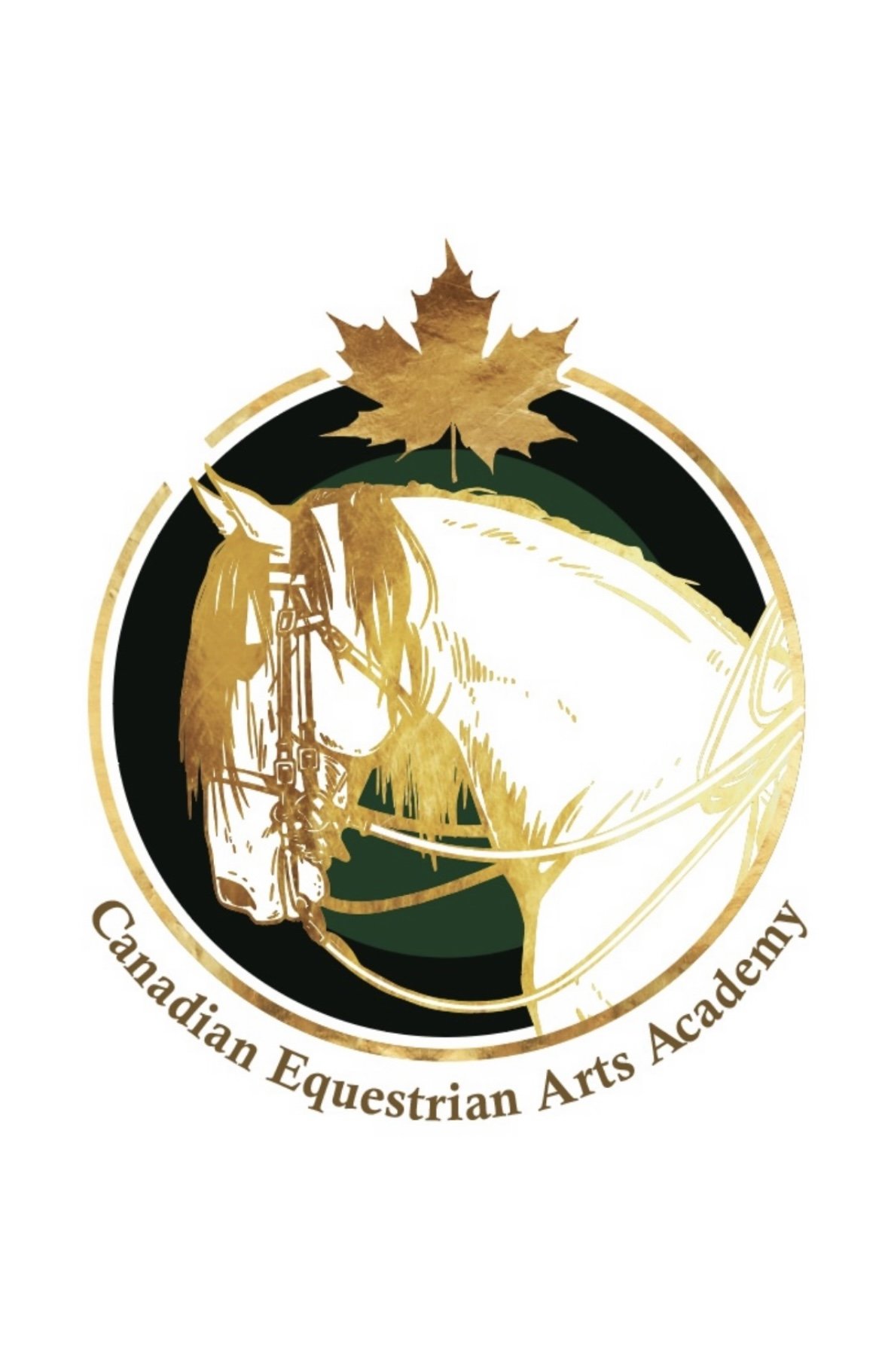Mindful Riding
When riding a horse many of us have been taught to position the head and send the hind into the contact. The unfortunate dilemma with this way of thinking is that the position of the head does not determine the position of the hind end. However, the position of the hind end can determine the position the head. If instead we were taught to see a properly engaged hind and young riders were taught the feeling of riding the hind end vs learning by simply directing the head, much would be gained in both the performance of horses and in their physical wellbeing.
The alignment of the horse is balance, and while there is a belief this can be achieved through equipment and shortcuts, there is ultimately only one way a horse will be able to function in alignment; that is with time and understanding.
What does it mean to develop a horse in balance? It is common knowledge that a horse is naturally on the forehand, yet we ask them to work more from behind. These terms are thrown around loosely, often without an in-depth understanding of them:
"Ride inside hind to outside rein”
"Back to front"
"Ride into the contact"
"Engage the hind"
None of the statements above are necessarily incorrect; it is the execution in how they are taught that needs clarification.
There is merit in riding from the hind end forward. However, many instructors teach to send the hind forward into a wall; they do not teach the rider to allow the horse through. The idea presented is that you open a door for the horse only to slam it in their face.
The question remains, why do we want hind end engagement and how do we achieve it?
Let's start with the why. Biomechanically the horse is a quadruped; they are a four legged animal balancing their entire body on four limbs while also having a cantilever off of the front with a heavy weight attached to it. Simple physics says that the anatomy of the horse encourages the weight to balance on the front (or you could say to be balanced on the front). The horse's muscle and power is distributed over the limbs. Why do we not talk about maintaining a balanced horse that uses both their front and hind in balance?
The simplistic answer would be that the horse needs the hind end engagement to carry a rider effectively through the movements and maneuvers we desire. But a supple hind limb, accompanied with a tight front end isn’t conducive to sustainable longevity either.
Balance is found by getting the horse supple and conditioning him/her as a whole. In opening the shoulder, the horse becomes more capable of engaging the hind, in conditioning the hind the horse is able to open the shoulders more, and on and on it goes. You cannot have one without the other.
How do we go about this? How do we become more aware of the hind end, and then the whole horse? The next time you ride check in with a single hind leg. Ask yourself, "Can I feel the inside hind leg?” "Do I know when it is in flexion or extension?" "When is it on the ground or in the air?" "Can I feel if it is tracking up?" "Can I feel it lengthening or collecting?" And the big question, "can I feel if the pelvis is balanced?"
If you answered no to any or all of these questions then you are not riding the hind end of the horse. Don’t despair. Many riders have never been taught this concept. They may have heard instructions to send the hind, or shorten the hind, but were never given the opportunity to learn what that meant.
Now for the front end. Can you feel when a horse leads with an outside shoulder? Can you feel when they overcompensate into a front foot? Can you feel a toe first or heel first landing? Can you feel if the movement originates at the elbow or includes the scapula? Do you know where the sternum is as you ride? Why does this matter? This is what riding a horse can be. Not pulling. Not pushing or kicking. Not chasing an elusive bend or spending more time on stall rest then in the saddle. Truly being with the horse starts with us; our discipline, our awareness, our ability to stay present. When we begin to transition from being a mechanical rider to being a mindful one, a whole new world of possibilities open up for us and our horses.
